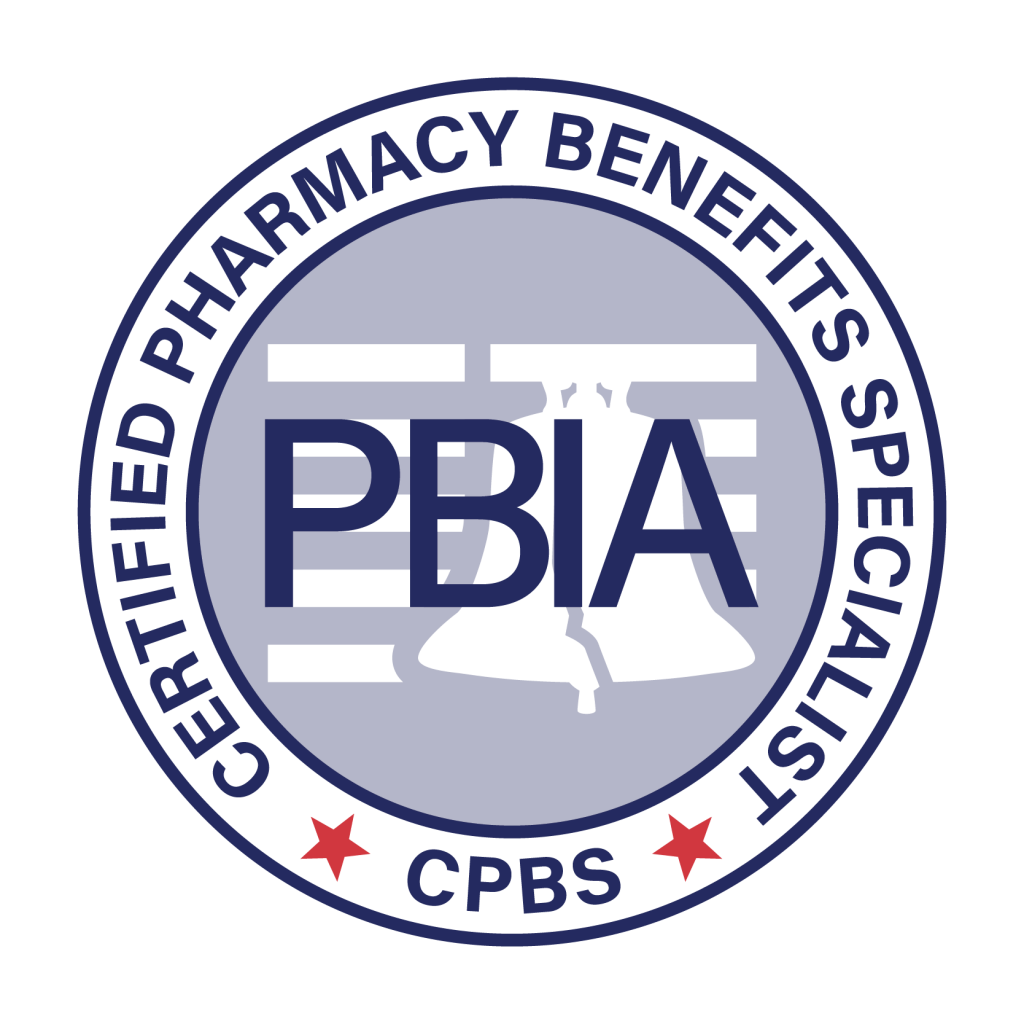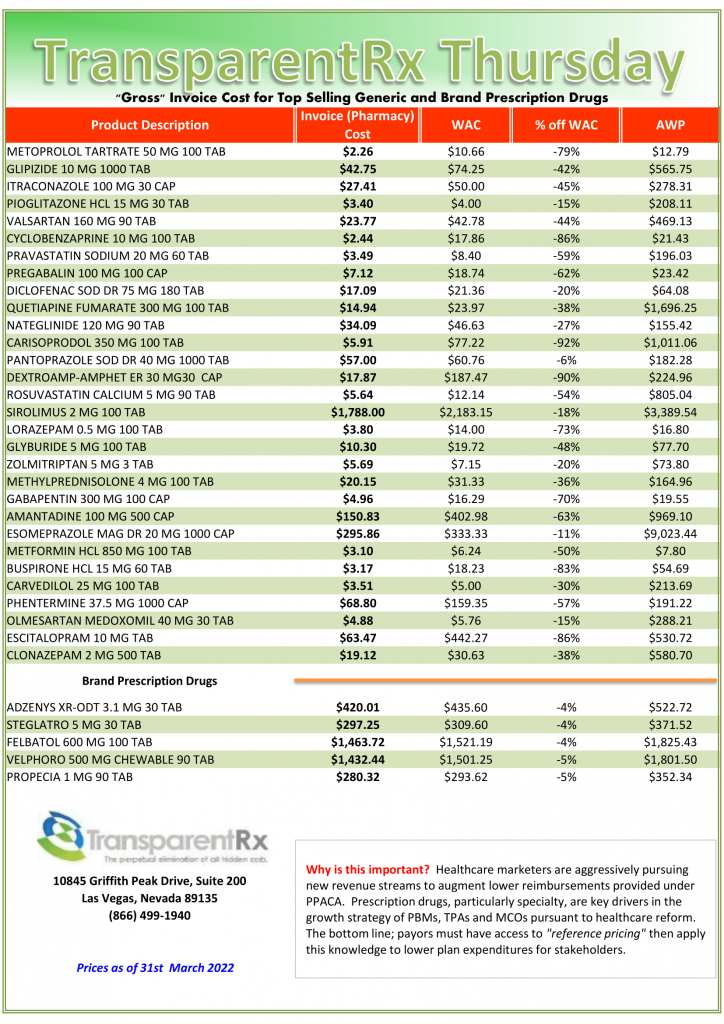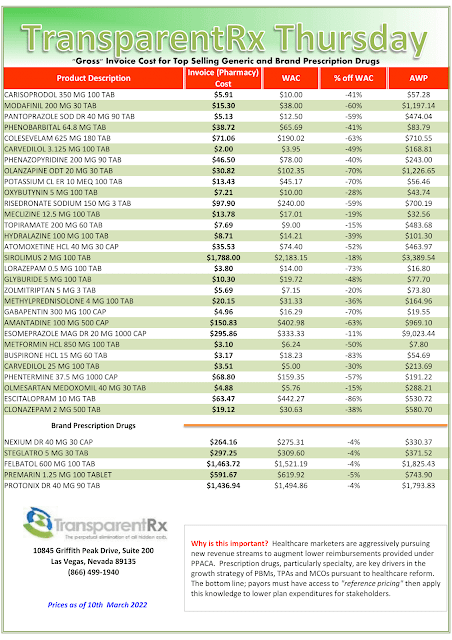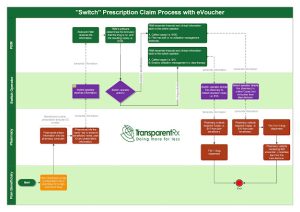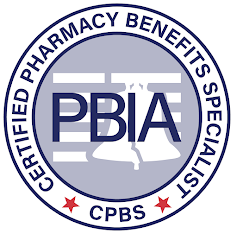PBM Performance Guarantees are Meaningless Unless Constituent Elements are Spelled Out [Tip of the Week]
Cigna Corp. won a key part of a six-year legal dispute in which Anthem Inc. claimed it was overcharged for pharmacy benefits services, fending off the rival health insurer’s bid for $14.8 billion in damages. Anthem isn’t entitled to the billions it claimed were owed over prescription drug prices charged by Cigna’s Express Scripts unit, a federal judge in New York ruled last Thursday.
In every Certified Pharmacy Benefits Specialist class since 2017, we’ve discussed this claim. My position on Anthem’s claim was always the same. I said, “there is no question Anthem overpaid, but it is unlikely they will win this lawsuit.” You’ll learn in this blog PBM performance guarantees are meaningless unless constituent elements are spelled out.
It was clear Anthem had not spelled out the constituent elements in the contract. I’ve learned people who work for PBMs aren’t qualified to negotiate with PBMs. Anthem had not honestly evaluated its internal expertise. Anthem assumed because it owned the PBM sold to Express Scripts they wouldn’t be taken to the cleaners. The worst part of it all is that Anthem’s clients paid for its unsophistication.
Here are five tips to help you increase transparency in PBM contracts.
- Be relentless in pursuit of radical transparency. Easier said than done and it all starts with PBM literacy. Education is the most logical and effective foundation for achieving extraordinary results in pharmacy benefit management services. To improve on the job execution and career growth, benefits consultants, finance, procurement, and HR must expand their PBM knowledge beyond a functional role and understand exactly how each domain works together within the pharmacy distribution and reimbursement system.
- PBM performance guarantees are meaningless unless constituent elements are spelled out. Contract definitions set the foundation for financials.
- Make the contract the focal point of any PBM competitive bidding process. The status quo is “backing in” transparency through an RFP questionnaire. At best this approach is inefficient or worse yet doesn’t work. Drafting, negotiating, and finalizing the contract with a PBM are the three most critical tasks in a PBM competitive bidding process or RFP. Period.
- Score the PBM contract for transparency. “The illiterate of the 21st century will not be those who cannot read and write, but those who cannot learn, unlearn, and relearn,” wrote Alvin Toffler. Create a proprietary PBM contract scorecard for your organization. Assessing transparency will be more effectively done by a trained eye.
- Embrace competitive intelligence access does not translate into action. Your upper hand incorporates executing great examination of the right data and afterward sorting out how this affects your organization. Those who jump at the chance enjoy a huge serious benefit.
Large PBMs have pricing analysts on staff. One of the core responsibilities of a PBM Pricing Analyst is to monitor revenue performing below thresholds and implement necessary tasks to bring performance to or above targets. PBM Pricing Analysts are ineffectual when levers available to them are eliminated. If you are seeking better pricing or transparency from a PBM, doesn’t it make sense then to start with the contract language?


